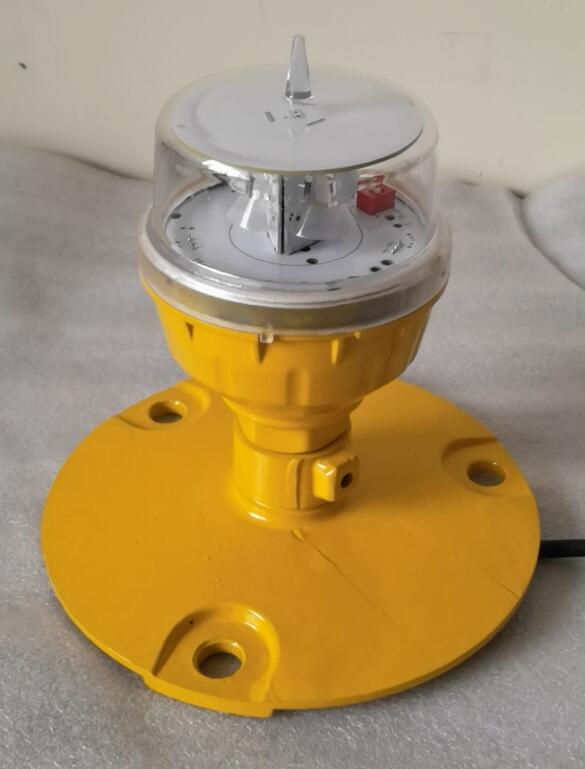LED aircraft landing lights are transforming the aviation industry by offering unmatched performance, durability, and energy efficiency. As critical components of aircraft safety systems, these advanced lighting solutions are setting new standards for visibility and reliability during takeoffs and landings. In this article, we explore the technology, advantages, and applications of LED aircraft landing lights, showcasing their role in modern aviation.
Understanding LED Aircraft Landing Lights
LED aircraft landing lights are high-intensity lights designed to illuminate runways and surrounding areas during aircraft operations. Unlike traditional incandescent or halogen lights, LEDs (Light Emitting Diodes) use semiconductor technology to produce bright, focused light. Their compact design and energy efficiency make them particularly well-suited for the rigorous demands of aviation.
Modern LED aircraft landing lights incorporate innovative features such as:
High Luminous Efficacy: LEDs convert a higher percentage of energy into light compared to traditional lighting technologies, reducing energy consumption.
Thermal Management: Advanced heat dissipation systems ensure optimal performance and longevity under high operating temperatures.

Precision Optics: LED lights deliver focused beams, enhancing runway visibility even in adverse weather conditions.
Durable Construction: Designed to withstand extreme vibrations, temperature fluctuations, and environmental exposure, LED landing lights are built for longevity.
Key Advantages of LED Aircraft Landing Lights
The shift to LED technology in aircraft lighting has brought numerous benefits, revolutionizing safety and operational efficiency. Key advantages include:
Enhanced Visibility: LED lights produce brighter, whiter light that mimics daylight, significantly improving visibility for pilots during critical phases of flight.
Energy Efficiency: LEDs consume significantly less energy than traditional lighting systems, reducing the load on the aircraft's electrical system and improving fuel efficiency.
| LED Aircraft Landing Lights |
| LED Aircraft Landing Light |
Longevity: With lifespans exceeding 50,000 hours, LED aircraft landing lights require less frequent replacement, reducing maintenance downtime and costs.
Reliability: Unlike conventional lights, LEDs are less prone to failure due to their solid-state construction, ensuring consistent performance in challenging environments.
Environmental Impact: LED technology reduces energy consumption and waste, aligning with aviation’s growing emphasis on sustainability.
Compact Design: The small size of LEDs allows for innovative integration into aircraft structures without compromising aerodynamics.
Applications of LED Aircraft Landing Lights
LED aircraft landing lights are versatile and find applications across various aspects of aviation:
Commercial Aviation: In passenger and cargo aircraft, LED landing lights enhance runway illumination, ensuring safe operations even in low-visibility conditions.
Military Aviation: For fighter jets and transport planes, LED lights provide reliable performance in extreme environments, supporting mission-critical operations.
General Aviation: Small aircraft benefit from the energy efficiency and durability of LED lights, making them a cost-effective solution for private pilots.
Helicopter Operations: LED lights are essential for rotary-wing aircraft, enabling safe landings on unlit or remote helipads.
Airport Infrastructure: Beyond aircraft, LED technology is increasingly used in runway edge lights, approach lights, and taxiway lighting systems.
Innovations in LED Aircraft Landing Lights
As technology advances, LED aircraft landing lights continue to evolve, incorporating features that enhance their performance and utility:
Smart Lighting Systems: Modern LED lights integrate sensors and microcontrollers for adaptive brightness control based on ambient lighting conditions.
Infrared Capability: Some LED systems include infrared modes for use with night vision equipment, enhancing their versatility in military and search-and-rescue operations.
Modular Designs: Modular LED systems enable quick and easy replacements, reducing maintenance time and ensuring continuous operation.
Wireless Control: Advanced wireless systems allow remote control and monitoring of landing lights, streamlining operations and improving safety.
Overcoming Challenges
Despite their many advantages, LED aircraft landing lights face certain challenges:
Initial Cost: LED systems are typically more expensive upfront than traditional lighting options. However, their long-term savings in energy and maintenance costs often justify the investment.
Electromagnetic Interference (EMI): High-power LED systems may generate EMI, which can interfere with aircraft communication and navigation systems. Engineers are addressing this with improved shielding and circuit designs.
Temperature Sensitivity: Extreme cold or heat can impact LED performance. Advanced materials and thermal management solutions are mitigating these effects.
The Future of LED Aircraft Landing Lights
As the aviation industry continues to prioritize safety, efficiency, and sustainability, the role of LED aircraft landing lights is set to expand. Emerging trends include:
Integration with Autonomous Systems: As automation advances in aviation, LED landing lights will integrate seamlessly with autonomous flight systems for optimized performance.
Enhanced Sustainability: Manufacturers are focusing on making LED production and disposal more eco-friendly, further reducing their environmental footprint.
Customized Solutions: Tailored lighting configurations will cater to specific aircraft types and operational requirements, enhancing versatility.
LED aircraft landing lights represent a remarkable advancement in aviation technology, combining superior performance with sustainability and cost efficiency. Their ability to enhance visibility, reduce maintenance, and withstand harsh conditions makes them indispensable in modern aircraft. As innovation continues, these lights will play an increasingly vital role in shaping the future of aviation, ensuring safer skies and greener operations.
From runways to remote airstrips, LED aircraft landing lights are illuminating the path forward, demonstrating how cutting-edge technology can redefine industry standards. Their adoption reflects a commitment to progress, safety, and environmental responsibility, highlighting their importance in the ever-evolving world of aviation.